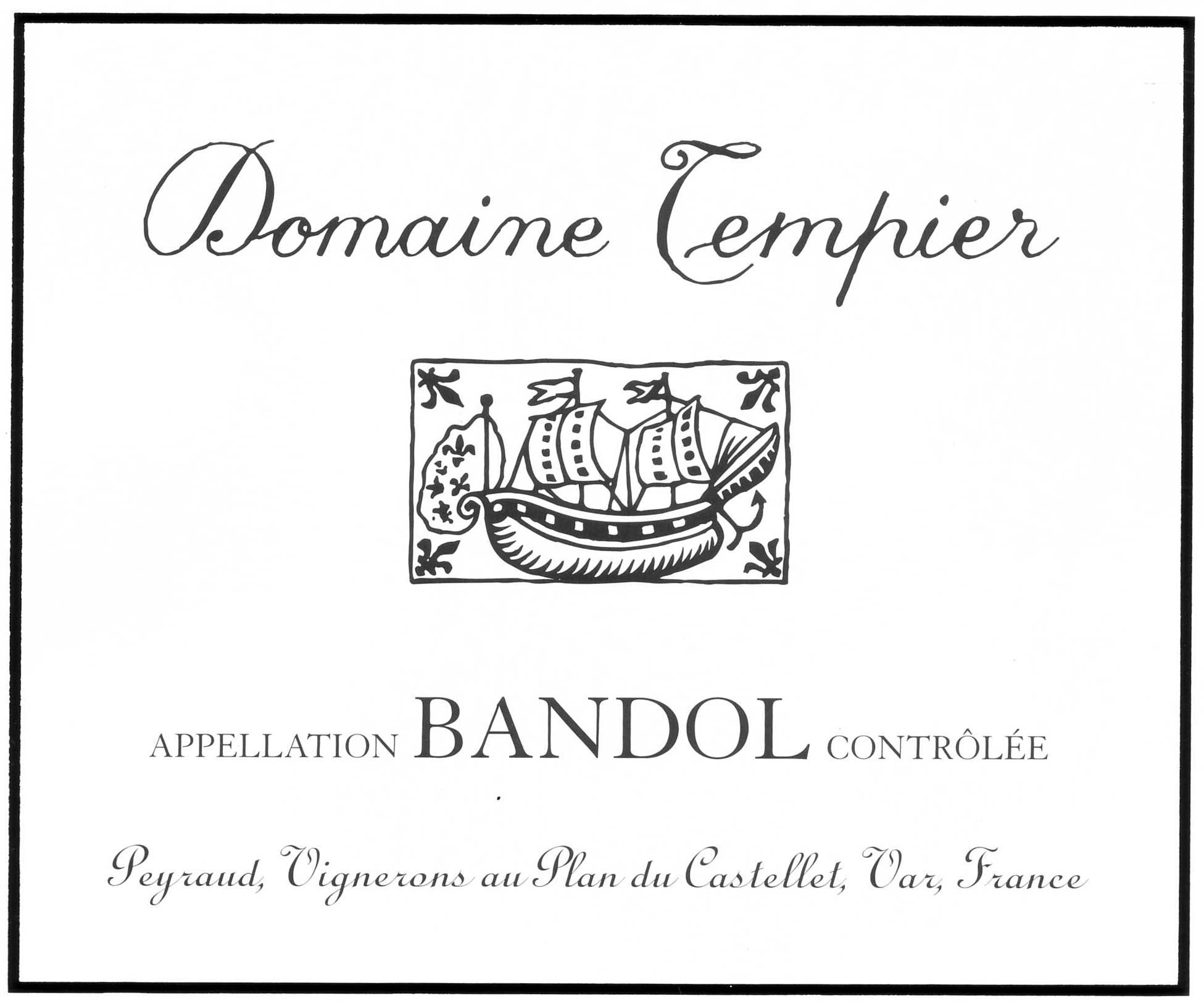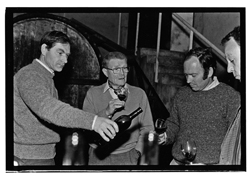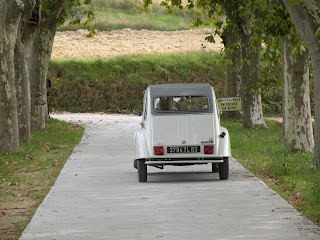In 1988 I read a book
by the wine merchant Kermit Lynch, called ‘Adventures on the Wine Route France
I had travelled
extensively in France since
1983, when I married Annie Bougoin, who was from Poitiers France Provence Provence , like Cotes
du Rhone, Chateauneuf du Pape, Les Baux de Provence
In it, he describes
the remarkable winery of Domaine Tempier and the Peyraud family. Domaine Tempier had been a winery for over
one hundred years. In the 1930s it was
owned by Alphonse Tempier, a leather merchant.
The Domaine was a side business of his.
In 1936, his daughter Lulu married Lucien Peyraud. Alphonse Tempier gave the couple Domaine
Tempier as a wedding gift.
Domaine Tempier had
won gold medals in the past, but the region had suffered greatly. First there was the phyloxera bug (in the
1860s), which killed off all the vines of France
By the late 1970s,
Kermit Lynch was importing the wine to the US America
In 1987, some friends
of mine started to meet every Thursday afternoon at the wine store, Singer and
Foy, in San Francisco Provence Provence
In the summer of
1989, Annie and I took our annual trip to France
On a lovely summer
day in late June, 1989, we drove into the small town of Le Plan du Castellet
and then found the driveway that led to the Domaine. The driveway is lined by giant platane (Sycamore) trees
that are all over this part of France
Jean Marie met us
with a big smile and a small basket with several wine glasses. He said to follow him and took us around the
big house and to the cellars. Down the
stairs we went to a huge room with giant foudres. These are huge oak casks, some very old, that
hold the wine for aging (up to 18 months for the red wines). We went around to many of the foudres, where
there is a little spigot sticking out, like a small faucet, where you can pour wine into your glass. Jean
Marie was obviously very passionate about his wine and spoke in poetic terms
about the different cuvees, the Cuvee Classique, the Cuvee Speciale, La Tourtine,
La Migoua and Le Cabassaou (the last three being specific vineyards which are
bottled separately). Tasting these wines right out of the barrel, some being just 9 months old, was a revelation. All of the cuvees were stupendous. Jean Marie even got some bottles of current vintages for us to try. Oh, lovely! We bought a few bottles to take with us (we had just started a 5 week trip and were going to Annie's hometown, so her family members could drink these wonderful wines).
Jean Marie was very friendly and gave us, just two wine lovers whom he’d never met before, a lot of his time and energy. I think it helped that Annie was with me, who spoke French, of course. We left hoping we’d come back someday, but not necessarily expecting to anytime soon.
Jean Marie was very friendly and gave us, just two wine lovers whom he’d never met before, a lot of his time and energy. I think it helped that Annie was with me, who spoke French, of course. We left hoping we’d come back someday, but not necessarily expecting to anytime soon.
Over the next 2
years, Jean Marie and I kept up a correspondence (mostly by fax) and became I
guess what you would call pen pals. So
when Annie and I decided to go back to Provence






No comments:
Post a Comment